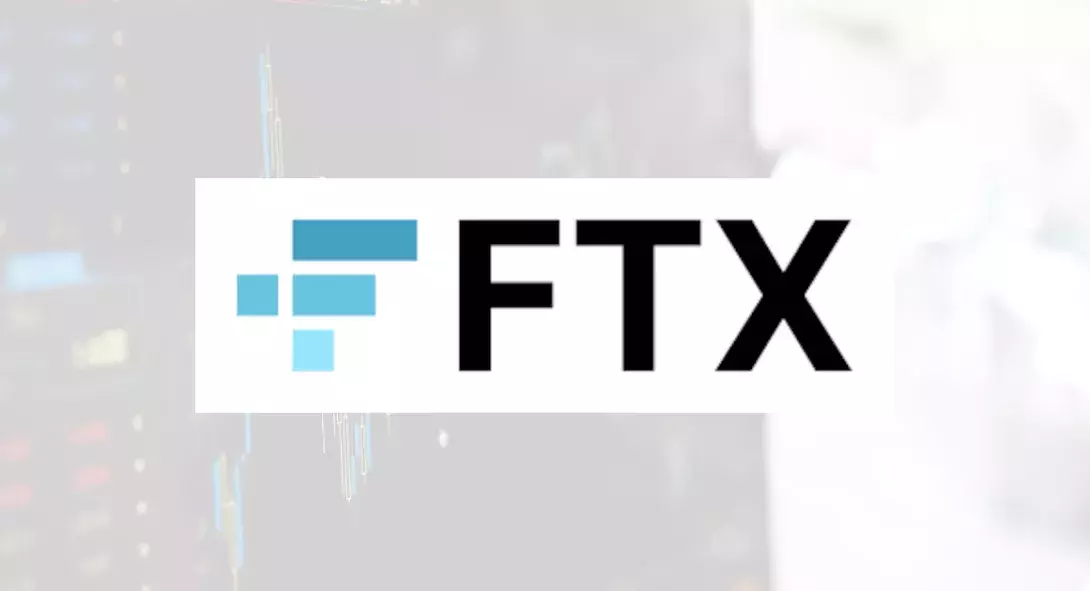Latest news about Bitcoin and all cryptocurrencies. Your daily crypto news habit.
What do you think is the probability of an entity losing multiple billions in a single weekend? If you're like most people, you're thinking low, but this is what happened with FTX, the second-largest crypto exchange in the world. Furthermore, FTX's crash led to a loss in value of over $150 billion for the 15 largest cryptocurrencies in the market.
On November 11, FTX filed for bankruptcy after experiencing a run from its customers frantically trying to liquidate their holdings. The exchange had illegally overleveraged and mismanaged its customers' assets, leading to the whipping out of over $30 billion of people's assets. This piece will explore what happened with the FTX exchange and try to determine the root cause of this carnage. We've also provided a link, tradingguide.co.uk, to an excellent trading guide.
What is FTX?
FTX is or was a Bahamas-based crypto exchange that was also the second largest in the world. It was founded by a 30-year-old Sam Bankman-Fried, an MIT physics and a minor in mathematics graduate. He had previously worked for Jane Street Capital, a prominent trading firm in New York. Where he first made big money that he used to invest in opening Alameda Research, one of his other firms crucial to the rise and fall of FTX.
The Crypto exchange also had its own native token, FTT, which it used to trade and as a means of exchange and investment on its platform. As with many other crypto exchanges, FTX's primary role was to facilitate the buying and selling of cryptocurrencies, or so many thought.
So, What Happened?
The FTX saga began early in its inception days. Binance, the world's largest crypto exchange, was one of the first few investors to buy into Sam's vision and bought up 20% of the company for around $100 million. However, as FTX started to proliferate, their relationship with Binance deteriorated, and Sam bought back the shares for $2 billion.
Furthermore, he and his ten friends from MIT and his previous firm started lobbying for regulations undermining other exchanges, including Binance, now their most significant competitor. Chang Pang Zhao, Binance's CEO, did not take this kindly and was growing wary of Sam's way of running FTX.
Furthermore, as all this was happening, Sam was funneling money from FTX's customer accounts without their consent to Alameda, his quantitative trading firm. To add salt to injury, Alameda was taking risky gambles that often led to massive losses of his customers' money. All without revealing the nature of his trades or these facts to them.
Then during the 2022 crypto market crash, FTX started to issue high-risk loans or bailouts to failing crypto companies that had no way of paying them back. This also wiped out a substantial amount on FTX's portfolios, but Sam brushed it off and downplayed it in the eyes of his customers. Caroline, an FTX executive and a former Sam's lover, accidentally revealed to WSJ that the exchange was using customers' money to help Alameda meet its financial obligations, which is illegal in the US.
However, the financial aid Sam was so generously handing out was not in USD but in his own propped-up FTT token. So what's the problem? You might ask. Essentially, Sam was using money he made up and didn't exist to buy things. In fact, most of Alameda's equity was in FTT tokens, which Sam controlled and artificially attributed value to and used as collateral to finance projects.
But it all came crashing down when a leaked document showing the unhealthy state of Alameda's balance sheet got to the media. At this point, Chang Pang Zao saw his perfect opportunity to strike back against Sam by tweeting he would liquidate his $2 billion FTT token holding. This tweet started the domino effect of events that led to the 72-hour run that crashed the FTX exchange.
People rushed to liquidate their holdings in FTT tokens, but FTX only had 10% in reserves of the $9 billion they had in liability. The token's value dropped by 80% in the first few hours, and Sam and his company could not pay all of their customers' withdrawal requests, leading to the saga that's FTX.
Disclaimer
The views and opinions expressed in this article are solely those of the authors and do not reflect the views of Bitcoin Insider. Every investment and trading move involves risk - this is especially true for cryptocurrencies given their volatility. We strongly advise our readers to conduct their own research when making a decision.
